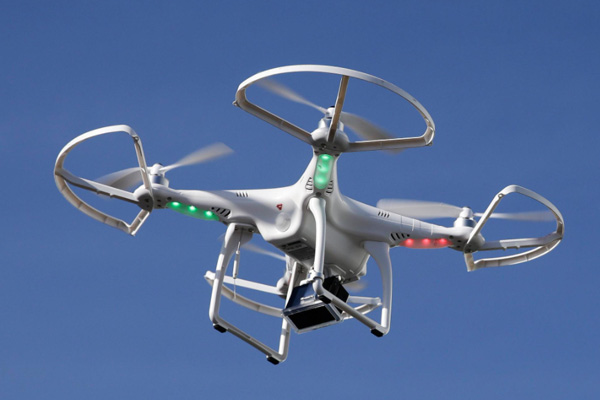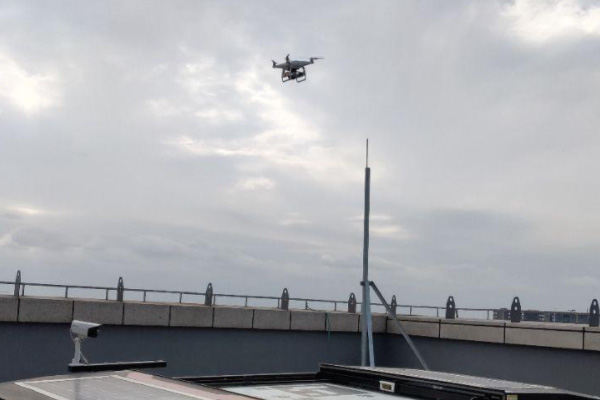You must be cautious in choosing the battery and rechargeable battery of the drone. Because drones use high-energy lithium polymer batteries, instantaneous discharge can cause dangers, such as explosions, fires, etc., so the drone’s When charging the battery, you must also pay attention to it. Choose a suitable charger and a suitable charging method to avoid danger as much as possible.

Characteristics of the charger
1. The resolution of balanced voltage measurement can fully protect the battery.
2. Energy-saving and environmentally-friendly regenerative discharge function. When the car battery is used for power supply, the discharge current can charge the car battery in the reverse direction.
3. Ultra-fast balance ability, balance current up to 1000mA.
4. Provide an intelligent power management system, which can set the discharge current, voltage limit and discharge volume alarm to avoid excessive discharge.
5. Support parallel charging. With the support of parallel charging board, multiple batteries can be charged at the same time.

Precautions for the use of batteries and chargers
1. Charging
Charging current: The charging current should not exceed the maximum charging current (usually 0.5~1.0C or below). Charging with a current higher than the recommended current may cause problems with the battery’s charging and discharging performance, mechanical performance and safety performance, and It may cause heat generation or leakage.
Charging voltage: The charging voltage shall not exceed the prescribed limit voltage (4.2V/single battery), 4.25V is the highest limit of the charging voltage of each single chip.
Charging temperature: The battery must be charged within the specified ambient temperature range, otherwise the battery is easily damaged. When the surface temperature of the battery is abnormal (refers to the surface temperature of the battery exceeds 50°C), the charging should be stopped immediately.
Reverse charging: correctly connect the positive and negative poles of the battery, and reverse charging is strictly prohibited. If the positive and negative poles are connected reversely, the battery cannot be charged.
2, discharge
Discharge current: The discharge current must not exceed the specified maximum discharge current. Excessive current discharge will cause a sharp decrease in capacity and cause the battery to overheat and expand.
Discharge temperature: The battery must be discharged within the specified operating temperature range. When the surface temperature of the battery exceeds 70°C, stop using it temporarily until the battery cools to room temperature.
Over-discharge: Over-discharge will cause damage to the battery. During discharge, the voltage of the single-cell battery must not be lower than 3.6V.
3. Storage
The battery should be stored in a cool environment. When storing the battery for a long time (more than 3 months), it is recommended to place it in an environment with a temperature of 10-25°C and a low temperature without corrosive gas. During long-term storage, the battery is charged and discharged every 3 months to maintain battery activity and ensure that the voltage of each cell is within the range of 3.7 to 3.9V.


